A. Assistance is out there, here is what you need to do -
Mortgage payment help
Contact your loan servicer right away if you think you can't make payment. Fannie Mae and Freddie Mac have already said they are suspending foreclosures on mortgages they guarantee for 60 days.
What exactly can you expect?
- For loans held by banks, go to aba.com and search "Industry responds to the coronavirus" to see what relief institutions are offering.
- For credit unions' responses, go to americascreditunions.org
Rent payment help
Fannie Mae and Freddie Mac will offer multifamily property owners loan deferrals if they promise not to evict tenants.
Although various jurisdictions have temporarily halted evictions, you should call your landlord to explore your options. Keep in mind even if your landlord is able to get a forbearance for their mortgage, you will likely have to catch up on the missed rent payments later.

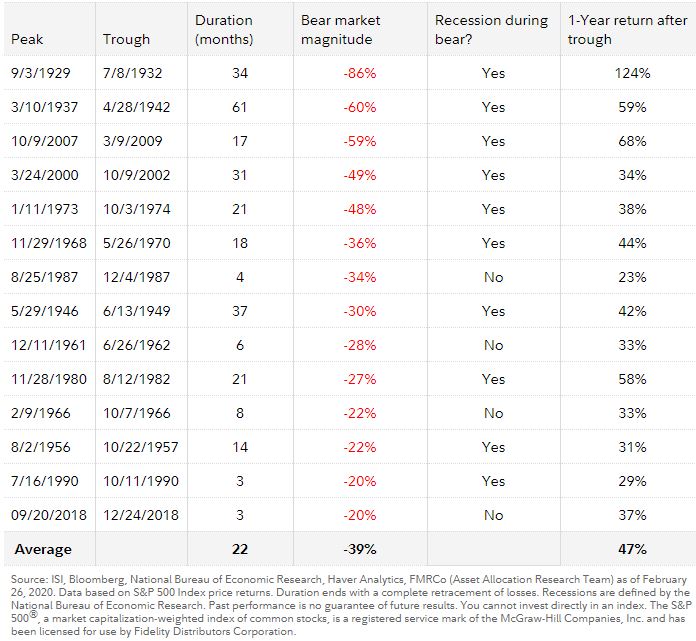
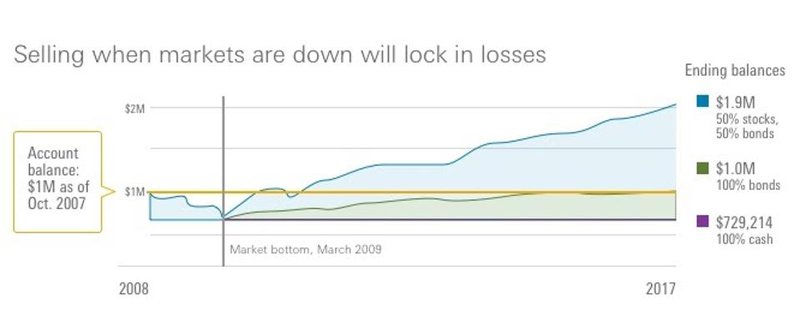
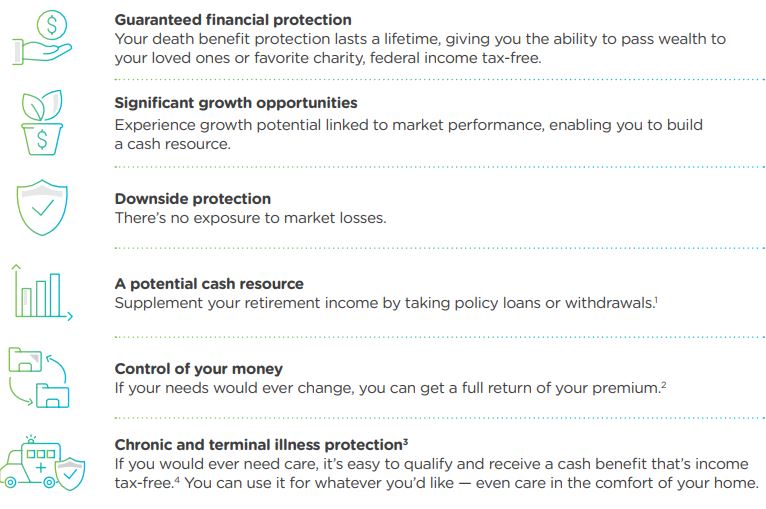
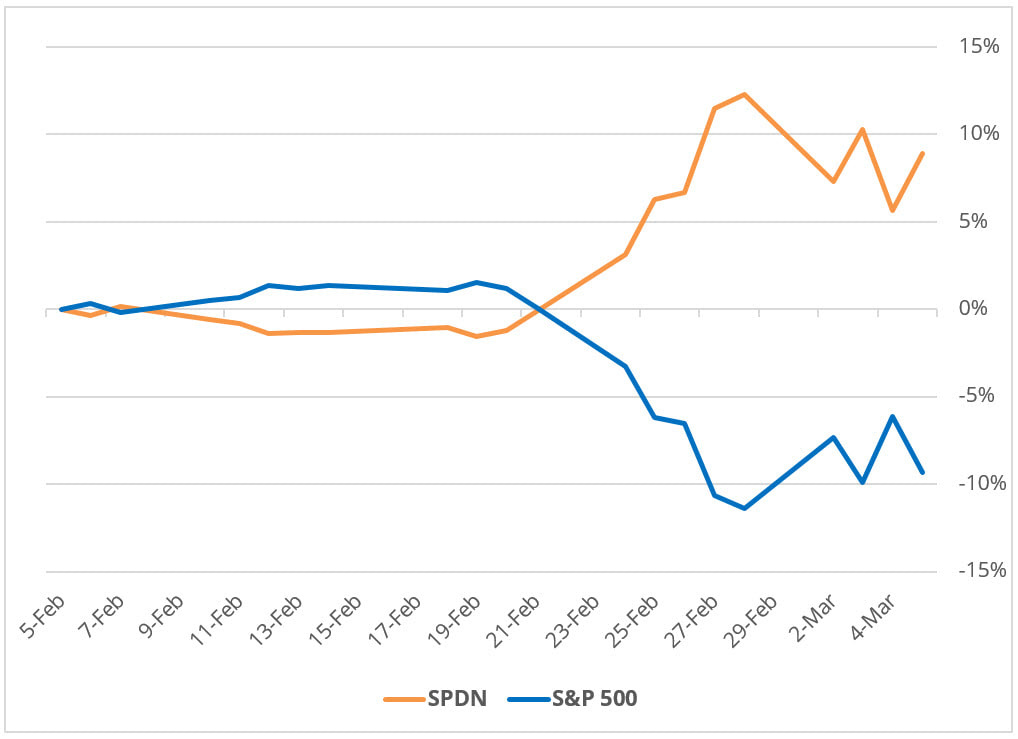
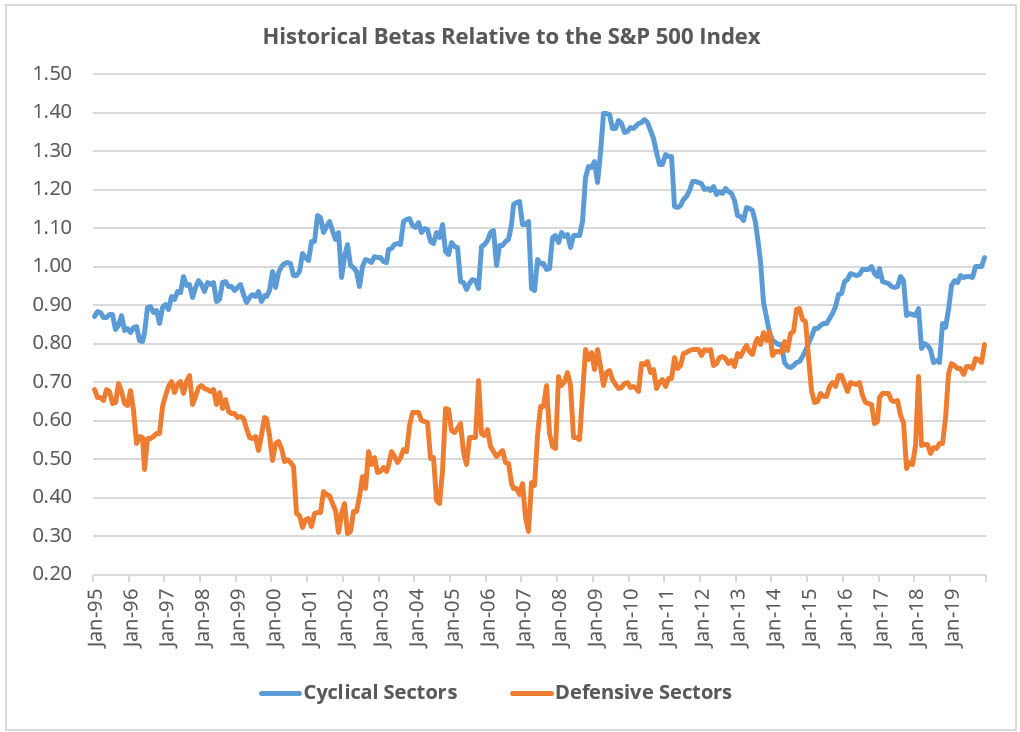
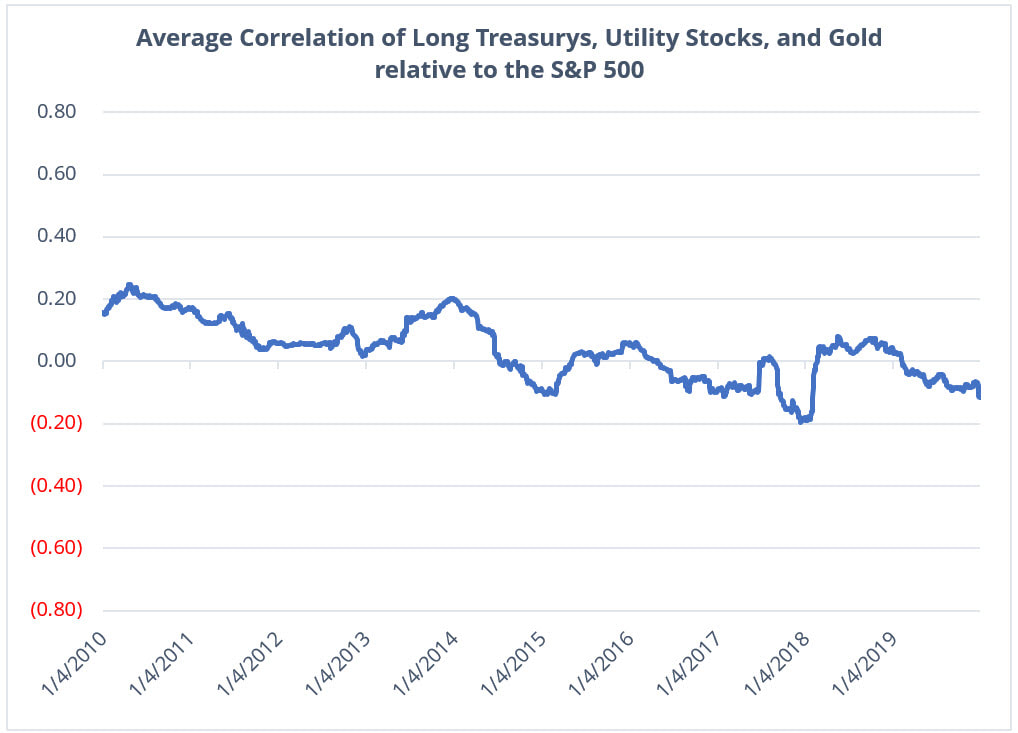
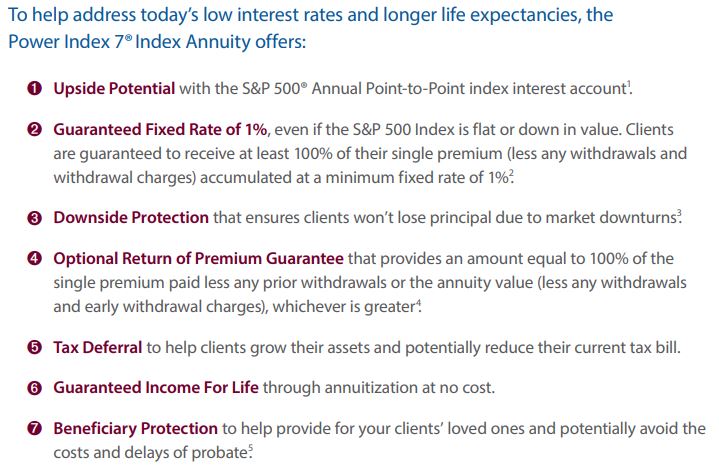
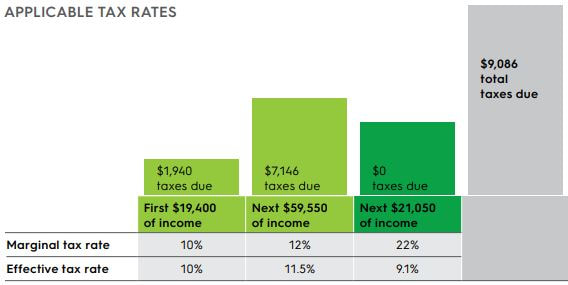
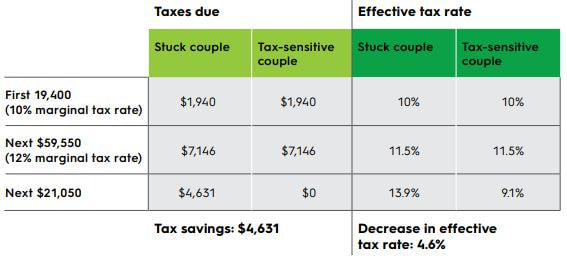
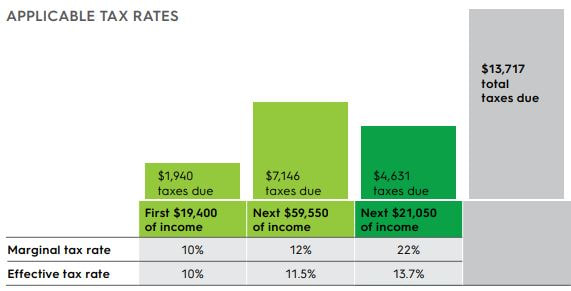
 RSS Feed
RSS Feed
